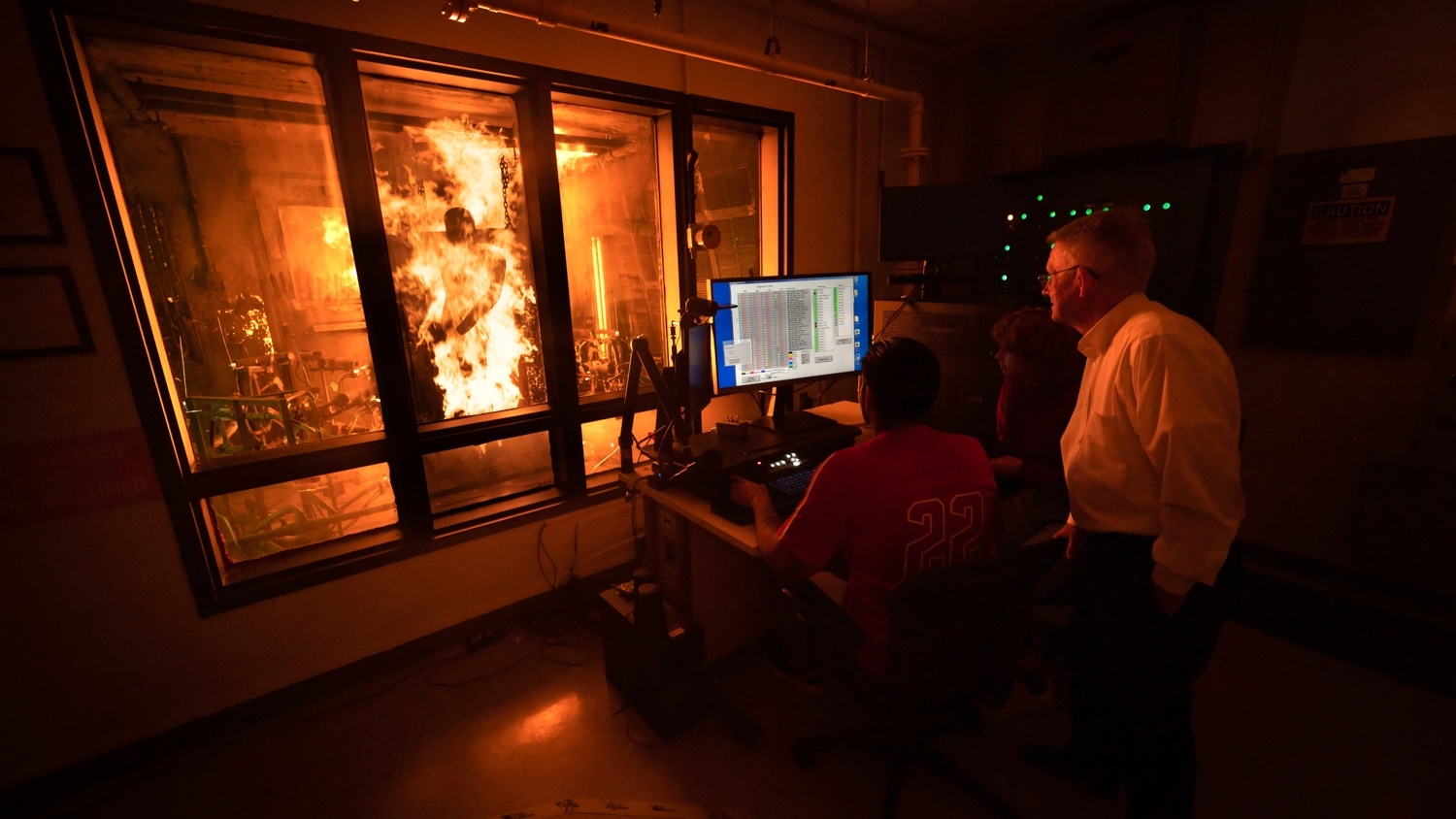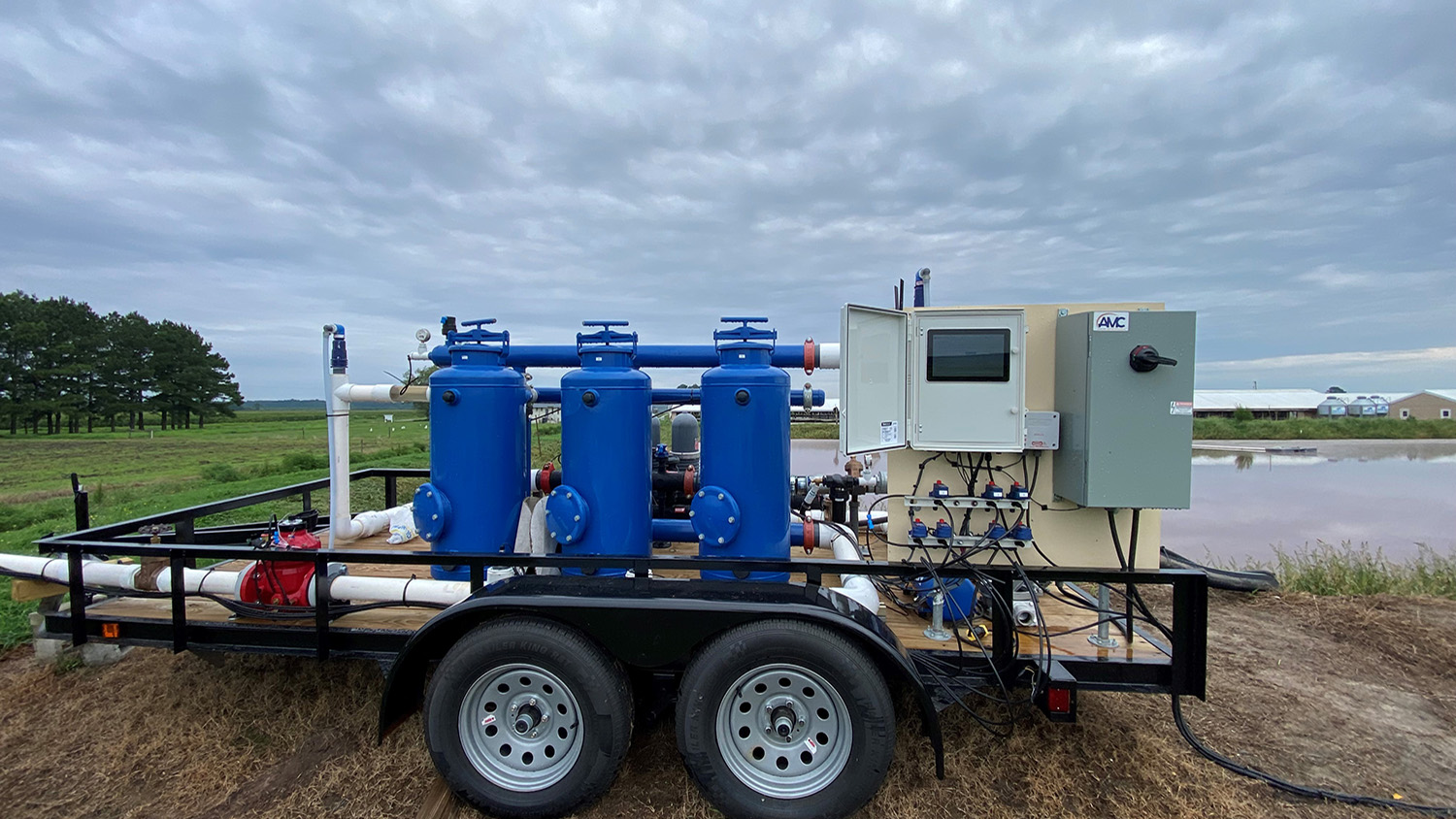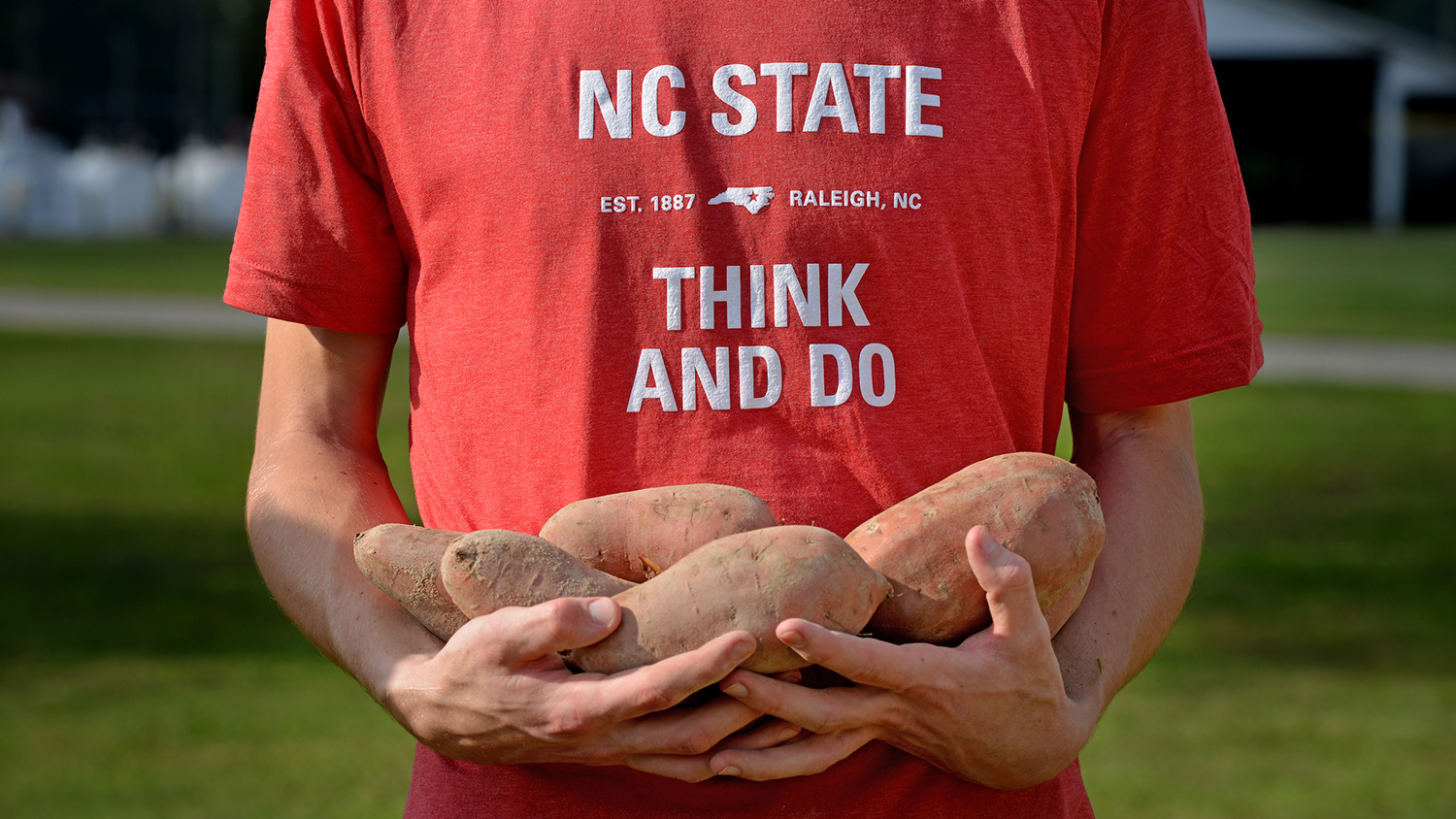By IMSEI Communications
Deforestation can have devastating effects on the environment and the people who live there. Land degradation, erosion and flooding are only a few of the long term effects of removing a forest. These areas need to be reforested as quickly as possible to minimize their damage, but it’s dangerous for people to traverse the devastated landscape and sow new trees. What if they could do it from afar? Master of Integrated Manufacturing and Systems Engineer (MIMSE) and SMART Scholar Spencer Lee found himself thinking of the situation with a friend. “How funny would it be if there was a seed mortar” is the sentence that sparked the idea of spreading seeds via rockets. This idea works just like a real mortar, but instead of being filled with gunpowder, the rocket is filled with seeds to regrow a forest. People never have to enter the defrosted area or be exposed to the environment’s dangers.
Background
Lee has always had a knack for building things; perhaps this is because of his childhood growing up on a farm and needing to run equipment daily. “My passion for science, aerospace and engineering probably took real roots when I watched a movie called ‘October Sky,’” he recalled. October Sky is the true story of Homer Hickam, the son of a coal miner. Hickam was inspired by the Sputnik 1 launch in 1957 to take up rocketry against his father’s wishes. Inspired by Hickam like Hickam was inspired by Sputnik 1, Lee decided to pursue an engineering degree at Eastern Carolina University .
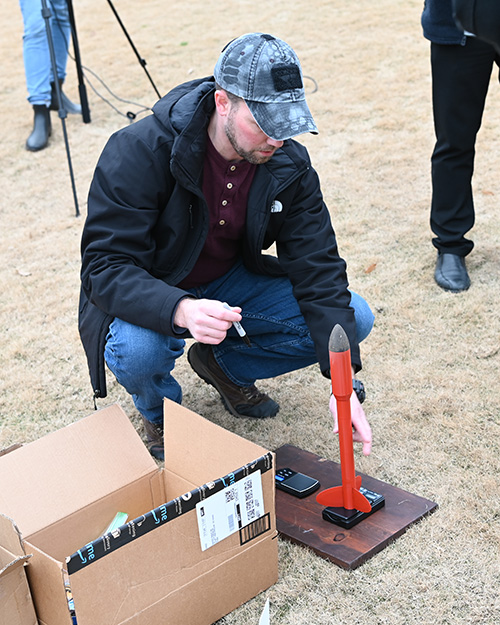
After graduation, he began working as a design engineer. In this position, Lee focused on identifying design concerns and problems and conducting root-cause failure analysis. He also worked in product adaptation and application. However, Lee wanted to earn a Master’s degree. “I applied to the [Department of Defense] DoD SMART Scholarship Program and – luckily – was accepted,” Lee explained. Not only could he pursue a master’s degree, but Lee also was provided a role as a flight test engineer within the Missile Defense Agency of the DoD. “Sometimes it still doesn’t register that I have, and am in the process of, this opportunity,” he stated. “I never thought I would be at this point in my time.”
Joining IMSEI
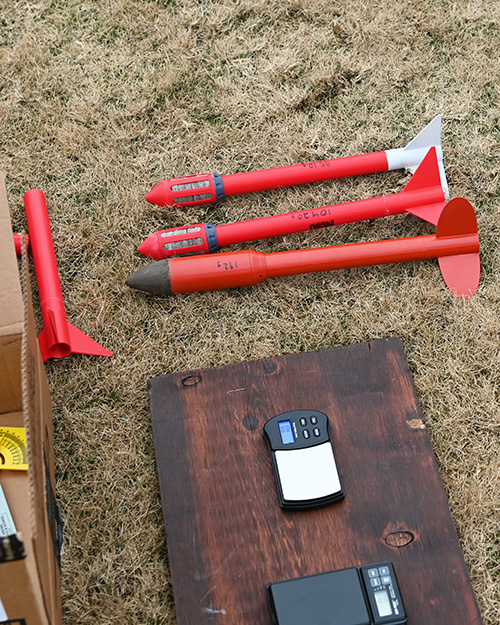
IMSE complimented Lee’s industrial engineering skills well and provided unique skills he could use in his career. “In my position at the DoD, we are allowed three ‘Rotations,’ meaning we can work one year each in three different sections,” he said. “This allows you and the department to determine a ‘best fit’ for your skillset and desire.” IMSE provides a diverse background and an easy adjustment during Lee’s rotations. “Being a SMART Scholar, for me, means you have not only proved to yourself, but to an agency and department, that you have something to provide, from skills learned, to abilities put in practice, and the maturity to handle all situations – all while performing at an extremely high level.” Lee shared. It also shows that Lee has a knack for creative problem-solving, not just building things.
Developing the Idea
The idea of using rockets for seeds came long before the IMSE program. After discussing the loose idea with a friend, which was more of a joke than anything serious, the idea stayed with him. “During my undergrad, I proposed it to a few faculty, but none were interested enough to pursue it, so the idea went on the shelf,” he recalled. However, the idea turned into a real opportunity once Lee was at NC State. He explained, “Once I was at NCSU, in Ola Harryssons’s class, and he mentioned a class project involving 3D printing and Additive Manufacturing, I thought what better chance to propose the project again. Everyone was on-board, and off we went.”
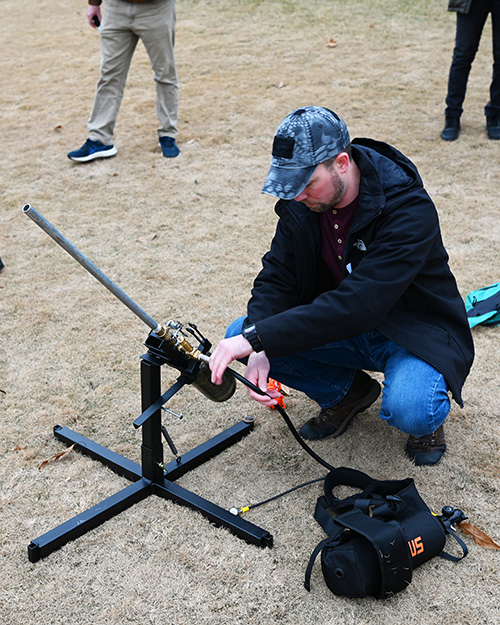
The project drew interest not only from the IMSE institute but also from the Industrial and Systems Engineering department and students and faculty of all kinds. Not only were people interested in becoming a rocket scientist, they were in awe of how a simple product could solve a huge problem. “Basically, it’s like a Tee-shirt cannon you would see at a game.” Lee explained, “The big difference is that instead of putting an object inside of a tube then launching with compressed CO2, we put 3D printed rocket-shaped housings over a small tube then launched using compressed air.” The goal was to produce a bio-safe/degradable ‘carrying’ mechanism to deliver multiple seed pods into deforested areas to protect people from dangerous landscapes.
“I’d love to see it become something widely used by forestry services worldwide,” Lee shared. “It is simple, and with additional testing, I feel it could be useful and productive.” He plans to continue pursuing the idea and working towards a final product, hoping it becomes more than just a semester project. At the DoD, Lee believes this project shows his creative problem-solving and initiative to do more than just what is required. “Plus,” he said, “I think they will see it and think, ‘well, that is really cool!’.
Giving Thanks
Lee has truly enjoyed this project and wants to thank Ola Harrysson for documentation and communication with the other students, Harvey West for material acquisition, Thomas Batchelder for creating specific fittings needed to adapt parts, Chet Wyrick for the use of machines in the lab and assistance with part determination and part assembly, Macs Brown for the use of software and modeling to predict flight path, and Deep Mhatre as his group member. “I had a lot of fun with this project and hope to have other opportunities like this during my time at NCSU,” he shared.
This post was originally published by the Integrated Manufacturing Systems Engineering Institute.
- Categories:

